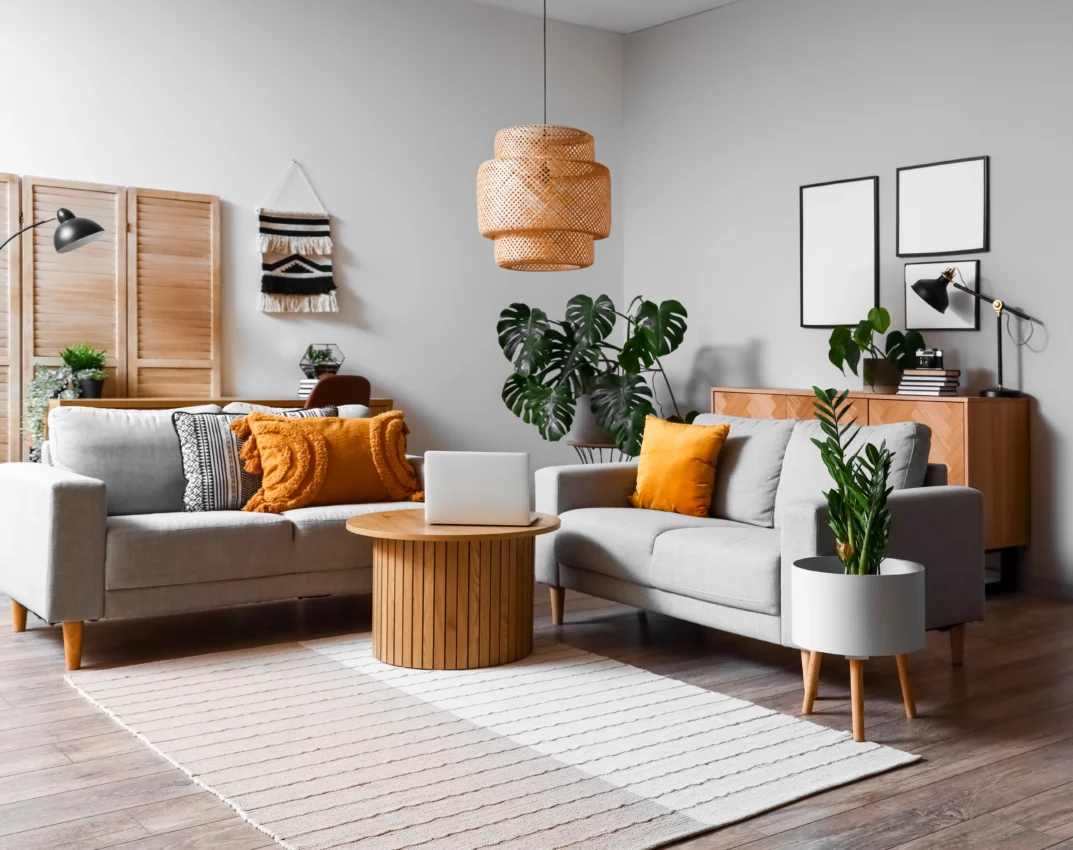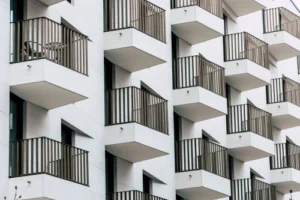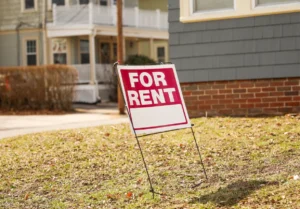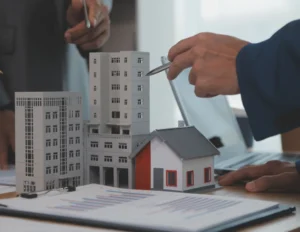Getting Your Unit Rent-Ready on a Budget

Cost-Effective Turnovers
Unit turnovers are a reality of rental property ownership—but that doesn’t mean they have to blow your budget. Whether you’re managing a single rental or a growing portfolio, every dollar counts when preparing a unit for its next tenant. The key? Knowing where to focus your time and money for the greatest impact.
Savvy property investors know that rent-ready doesn’t have to mean “renovation-ready.” With the right strategy, you can refresh a unit, attract quality tenants, and protect your ROI—all without overspending. This guide will walk you through smart, cost-effective turnover tactics tailored for Columbus landlords who want maximum value without the fluff.
Get Rent-Ready Without Breaking the Bank
Think of turnovers as an investment in future rent—not just an expense on the balance sheet. When approached intentionally, every improvement you make should serve a clear purpose: faster leasing, higher-quality tenants, fewer complaints, and stronger cash flow.
Too often, owners either overspend in the wrong areas or cut corners that later cost more. The sweet spot lies in finding upgrades that boost appeal without ballooning your budget.
You don’t need granite counters or luxury finishes to make a rental desirable. What you do need is a clean, well-maintained unit that meets market expectations, presents well in photos, and feels “move-in ready” the moment someone walks through the door.
The goal? Maximize impact with minimal spend—so your unit gets leased faster and your investment keeps moving forward.
Focus on High-Impact, Low-Cost Improvements
Not all upgrades are created equal. Some cost thousands and offer little return. Others cost just a few hundred and dramatically improve tenant appeal. The trick is knowing which is which.
Start with the Basics
Before you think about adding anything “new,” make sure the basics are spotless:
- Fresh paint touch-ups on walls and trim instantly brighten a space. Use a neutral color for broad appeal.
- Thorough cleaning is non-negotiable. That means windows, baseboards, bathroom grout, and behind appliances.
- Repair or replace damaged blinds, doors, or hardware that may signal poor maintenance.
These steps are foundational. A well-cleaned, freshly touched-up unit often outshines one with newer features that’s been poorly maintained.
Small Swaps, Big Impact
You don’t need a remodel to impress. Consider:
- Updated cabinet hardware: Brushed nickel or matte black knobs can modernize outdated kitchens for under $50.
- LED lighting: Bright, energy-efficient fixtures feel more modern and save tenants on utilities.
- Vinyl plank overlays: Affordable and easy to install over existing flooring if it’s too worn or outdated.
These cosmetic improvements are easy to implement and can make your photos pop—critical in online listings.
Avoid Over-Improving
This is where many landlords overspend. It’s tempting to install granite countertops or high-end appliances, but if your rent comps don’t support it, you’re not getting that money back.
Stick to updates that align with your market. Ask: “Would a clean, functional alternative get the same rent result in this neighborhood?”
Your Quick-Win Upgrade Checklist (Each under $200)
- New bathroom mirror or vanity light
- Touch-up kit for scratches on cabinets or flooring
- Updated outlet and light switch covers
- Entryway hook rack or shoe shelf
- Modern shower curtain and rods (staged or installed)
These small changes can dramatically elevate the unit’s perceived value—without draining your renovation fund.
Screen Your Tenant Today!
Gain peace of mind with AAOA’s credit, criminal, and eviction reports.
Know Where to Spend—and Where to Save
Strategic spending is what separates professional investors from hobby landlords. The goal isn’t to avoid spending entirely—it’s to spend with purpose.
Prioritize Safety and Code Compliance
Before you think about cosmetic fixes, ensure the unit meets all local safety and habitability standards:
- Functioning smoke and CO detectors
- GFCI outlets near water sources
- Secure railings, handrails, and lockable entry points
These aren’t optional. Skipping compliance exposes you to liability and delays leasing.
Let Market Standards Be Your Guide
Look at recent rental comps in your neighborhood. Are tenants paying a premium for stainless appliances or just expecting clean, functional spaces?
Match your finishes to what the rent will support. For example:
- In a $950/mo unit, clean white appliances are fine.
- In a $1,400/mo unit, tenants may expect stainless or upgraded fixtures.
Overbuilding for your price point eats into ROI without boosting rent.
Evaluate Labor Options Wisely
You have options when it comes to who does the work:
- DIY: Great for handy owners with time and skill.
- In-house help: Ideal if you have a maintenance team or partner with a PM company like RLPM.
- Third-party vendors: Necessary for licensed trades (HVAC, plumbing, electrical).
Here’s a basic cost comparison: Know your limits and know when it’s worth paying for efficiency or expertise.
Spend Where It Moves the Needle
When in doubt, ask: “Will this get me a higher rent or faster lease-up?”
Spending $150 on LED light upgrades could get your unit leased a week faster—adding $300+ in rent recovery. That’s money well spent.
But replacing a fridge that works fine just to match the stove? That’s an upgrade that might not pay off.
Smart investors focus on ROI per dollar spent. That mindset turns every turnover into a strategic opportunity.
Make Your Money Work Harder
Even on a tight budget, smart upgrades can stretch every dollar further—especially when they’re tied to ROI.
Choose ROI-Focused Upgrades
Focus on updates that help you lease faster, attract better tenants, or support higher rent:
- Window blinds: New, modern blinds are low-cost but add privacy and polish.
- Smart thermostats: A one-time investment that markets well to tech-savvy renters and may reduce maintenance calls.
- Re-caulk tubs and showers: A clean, mold-free bathroom makes a big impression.
The Rent-Ready Pyramid
Here’s a helpful visual for prioritizing improvements:
-
Clean – Always top priority.
-
Safe – Code-compliant and habitable.
-
Modern – Updated touches tenants expect.
-
Trendy – Optional perks like accent walls or niche features.
If budget is tight, don’t skip steps 1-3 just to try step 4. Function and presentation drive leasing—a trendy upgrade won’t compensate for a dirty carpet or leaking faucet.
Budget Isn’t the Enemy—Lack of Strategy Is
Being cost-conscious isn’t about doing the bare minimum. It’s about doing the right things at the right time, with the right level of investment.
You don’t have to spend big to turn units quickly and attract great tenants. You just need a smart, efficient plan—and a team that knows how to execute it.
Source: RL Property Management













 Accessibility
Accessibility